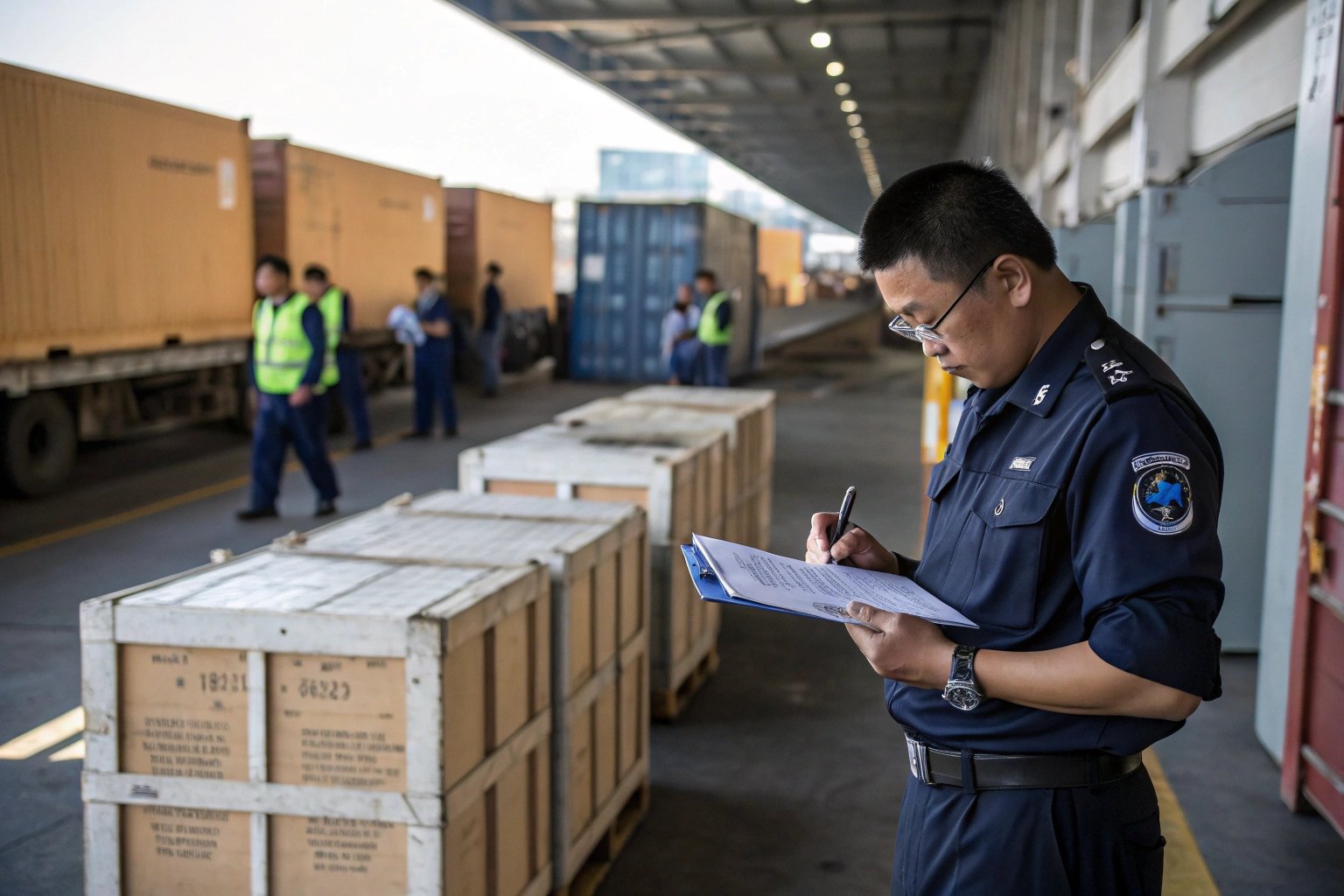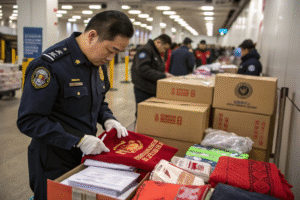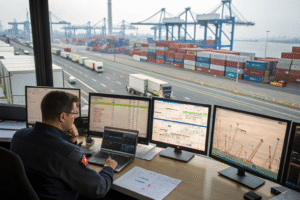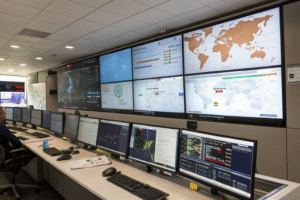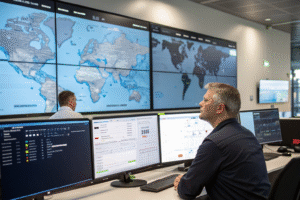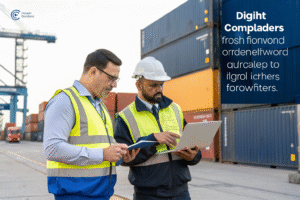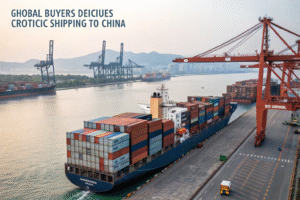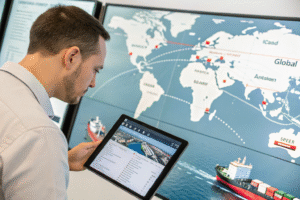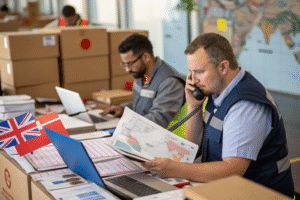Even if your cargo sails across the ocean on time, it can still get stuck at the port. The reason? Customs. For many importers, this step is the black box of logistics.
Customs clearance is the legal process of getting your cargo approved to enter or leave a country. It can add days or even weeks to shipping time if not handled properly.
When shipping from China to the U.S. or EU, understanding how customs works — and how to avoid delays — is key to smooth delivery and better planning. Let me walk you through it.
What happens during customs clearance process
Customs clearance is more than just a stamp on paper. It’s a series of checks to make sure your cargo is safe, legal, and properly documented.
The customs clearance process involves declaring the cargo, submitting documents, verifying duties and taxes, and obtaining release approval from government authorities.
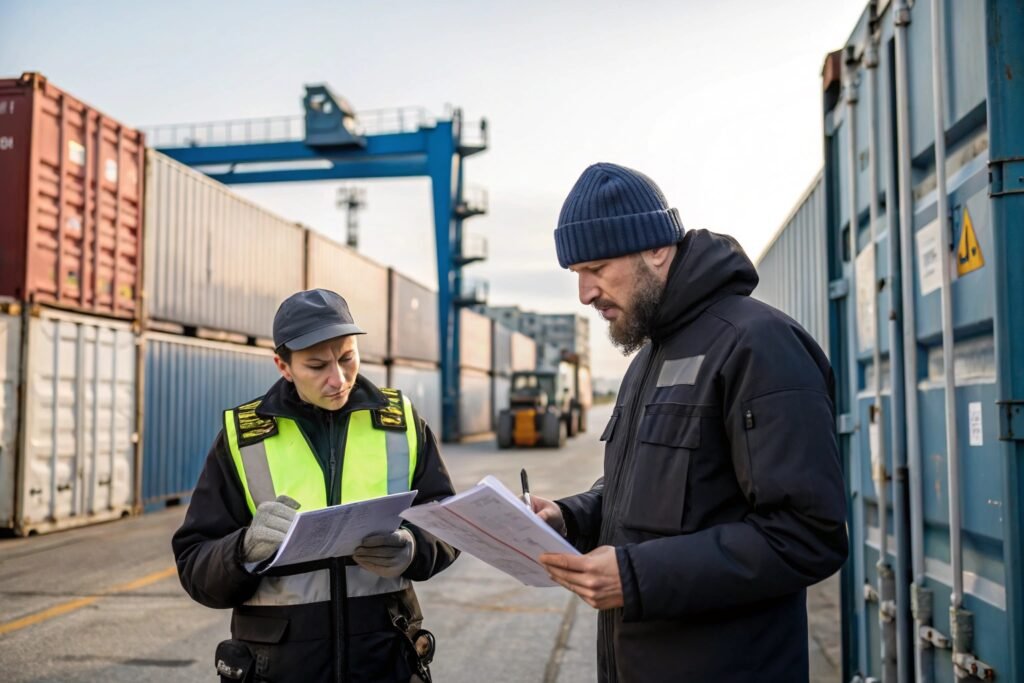
What steps are involved in customs clearance?
Whether you’re exporting from China or importing to the U.S., the process includes:
| Step | Description |
|---|---|
| 1. Document Submission | Submit commercial invoice, packing list, and shipping bill |
| 2. Customs Declaration | Entry filed via port’s digital system |
| 3. Inspection or Scan | Random or flagged cargo is physically checked |
| 4. Duty & Tax Assessment | HS code applied to calculate import fees |
| 5. Payment & Release | Duties paid and cargo is cleared for delivery |
In most cases, these steps happen electronically. But if any information is incorrect — or if your cargo is selected for inspection — delays can occur.
At GeeseCargo, we pre-check all documents and ensure HS codes are accurate before customs submission. This is how we prevent clearance problems for our U.S. and EU clients.
Who handles the clearance?
- For DDP shipments: The seller or forwarder handles clearance
- For DAP, FOB, EXW: The buyer must arrange customs brokerage
This is why many of our clients prefer DDP shipping. They don’t have to act as the “importer of record” or deal with local tax authorities.
How long does customs clearance usually take
This is one of the most common questions we hear from buyers. And for good reason — customs timing affects the total delivery timeline.
Customs clearance usually takes 1 to 3 business days if documents are correct. If an inspection is required, it can take 5 to 14 days, depending on the country and port.
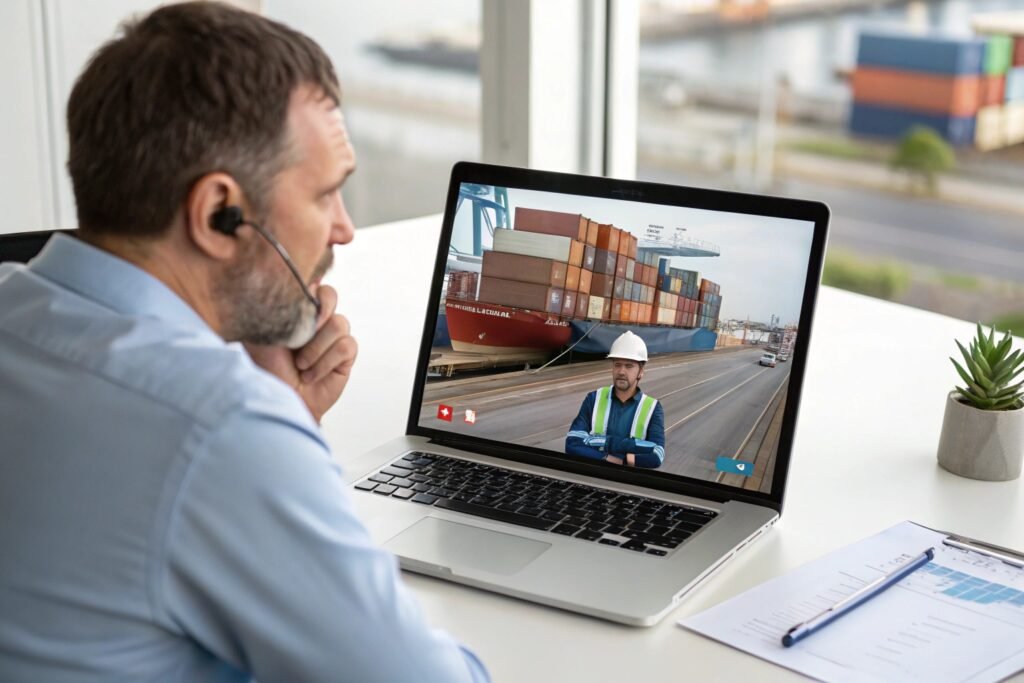
What are the typical customs timelines in major countries?
| Country | Standard Clearance | With Inspection |
|---|---|---|
| China (Export) | 1–2 days | 3–5 days |
| USA (Import) | 1–3 days | 5–10 days |
| Germany | 1–2 days | 4–7 days |
| UK | 2–3 days | 5–8 days |
| Canada | 1–2 days | 4–6 days |
Please note:
- Weekends and public holidays can extend this time
- Incorrect or missing paperwork is the #1 cause of delays
- Random inspections are unpredictable — but manageable with planning
For instance, in 2024, one of our California-bound containers was delayed 9 days due to an unexpected FDA inspection. Luckily, we had buffer time built into the supply plan, so retail launch wasn’t affected.
Does clearance happen before or after arrival?
- In many ports (e.g., U.S. West Coast), clearance happens after arrival
- Some countries (e.g., Netherlands) allow pre-arrival filing to speed things up
At GeeseCargo, we offer pre-clearance filing for select U.S. and EU ports to reduce wait time and avoid storage fees.
Common causes of customs delays in shipping
Many importers think clearance delays are “bad luck.” But in reality, most of them are preventable with the right paperwork and preparation.
Customs delays are often caused by document errors, incorrect HS codes, undervalued invoices, packaging issues, and poor communication between brokers and importers.
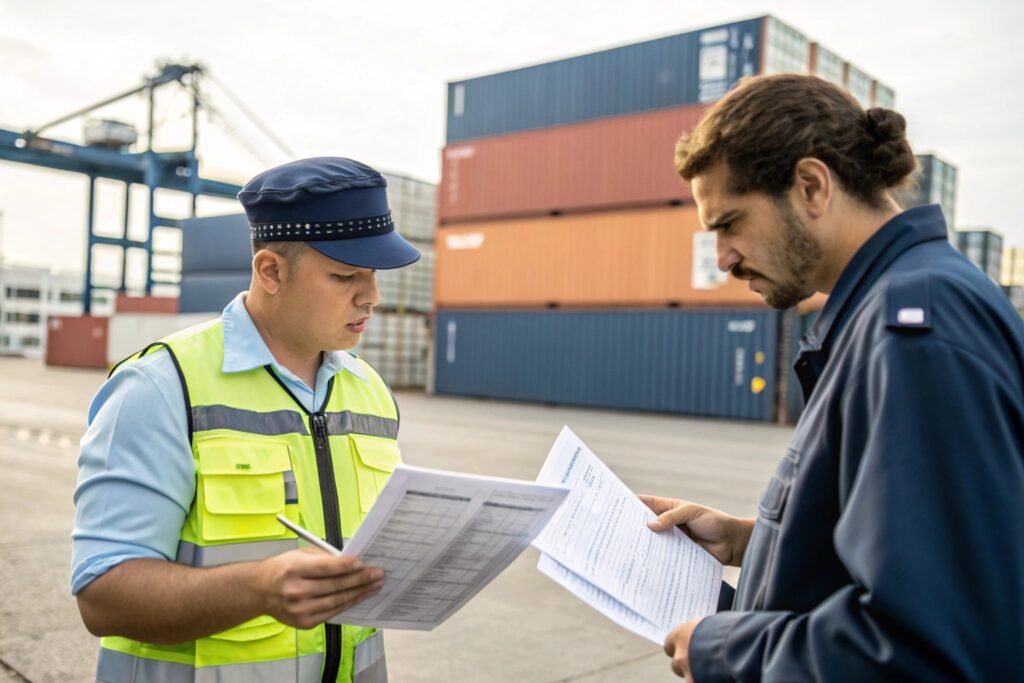
What are the most frequent issues?
Here are the top clearance blockers we’ve encountered over the years:
| Cause | Description |
|---|---|
| Incomplete Documents | Missing invoice, COO, or packing list |
| Wrong HS Code | Leads to incorrect duties and potential fines |
| Undervaluation | Customs may hold cargo if value seems too low |
| Unlabeled Products | Lack of English labeling for regulated items |
| Suspicious Cargo Description | Vague item names can trigger red flags |
| Unregistered Importer | Buyer not registered with customs (in DAP shipments) |
| Poor Broker Coordination | Delays in filing or follow-up on inspection |
In 2023, we had a client ship LED products labeled as “plastic units.” U.S. Customs flagged the shipment, demanded new documentation, and held it for 7 days.
That’s why we now provide product description templates to help clients avoid ambiguous language.
Are customs inspections always bad?
Not always. They’re part of the system and don’t always mean a problem. But they add time. Some tips:
- Have clear labeling
- Avoid over-stuffed pallets
- Use proper packaging with product codes shown
Inspections happen — but how fast you respond makes the difference.
Tips to speed up customs clearance from China
Good news: You can reduce customs delays with smart preparation and the right freight partner.
You can speed up customs clearance by preparing accurate documents, using correct HS codes, working with experienced brokers, and choosing DDP shipping terms.
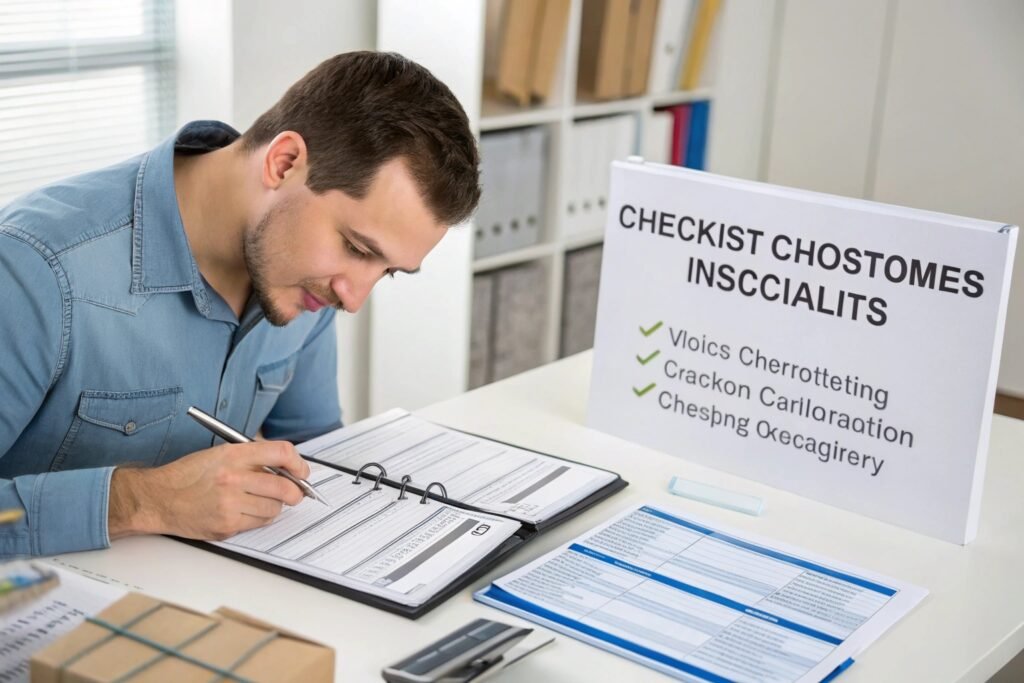
What are the best ways to avoid clearance problems?
Here’s our checklist for fast customs clearance:
| Tip | Result |
|---|---|
| Use precise product descriptions | Reduces need for manual review |
| Declare correct cargo value | Avoids suspicion and under-valuation holds |
| Choose experienced forwarder | They know port rules and agents |
| Provide clear commercial invoices | Match product names and codes |
| Submit packing list and COO | Required for compliance in many countries |
| Use DDP shipping if unsure | Let the seller handle all import steps |
At GeeseCargo, we’ve created internal SOPs for each major export and import port. That includes:
- Pre-shipment document checklists
- HS code lookup by product type
- Optional duty estimate for all DDP clients
- Automatic alerts for ports known for high inspection rates
Does shipping mode affect customs?
Yes. Air cargo often clears faster than ocean cargo because:
- It arrives at specialized terminals
- There’s less congestion
- Air shipments are more often documented correctly (due to tight schedules)
So, if you're facing a tight timeline, air + DDP might be the fastest and safest bet.
Conclusion
Customs clearance can delay your shipments or help them move smoothly — depending on how well it’s handled. With the right documents, terms, and forwarder support, you’ll get through customs faster and avoid costly mistakes.
